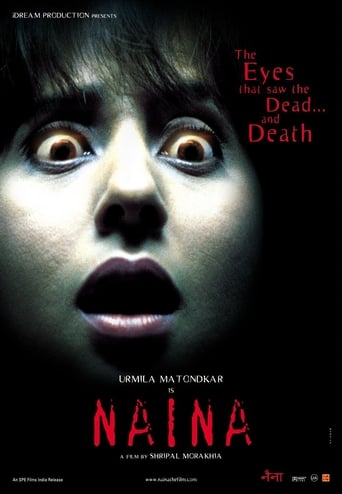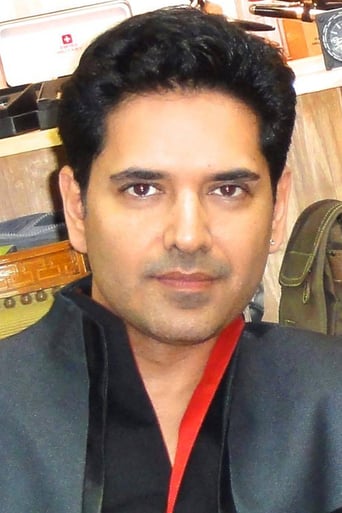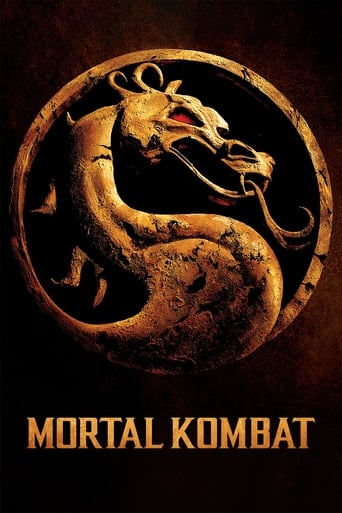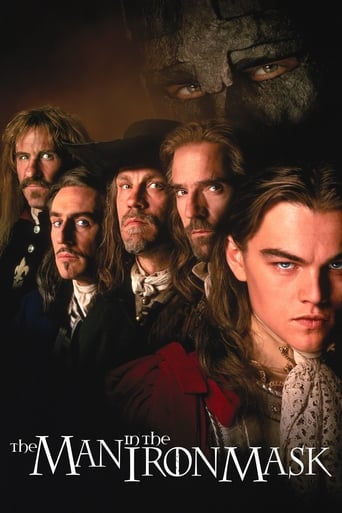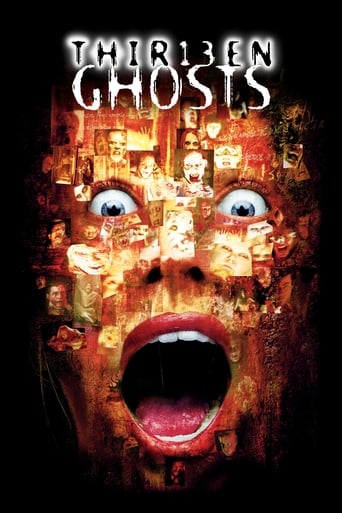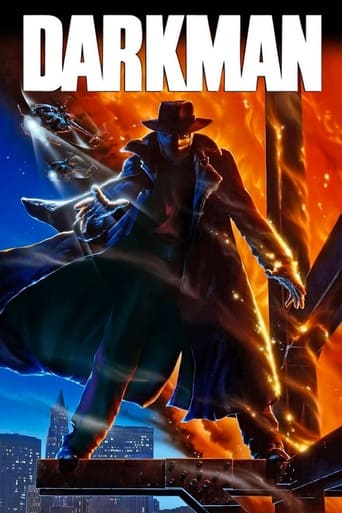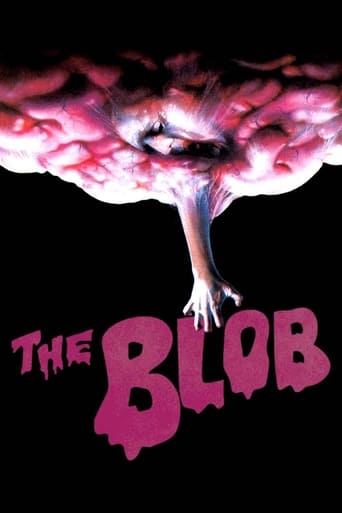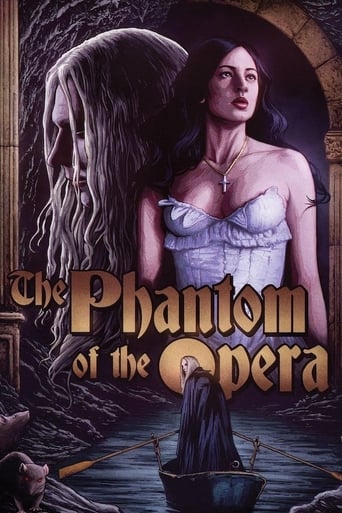Naina (2005)
On a day of solar eclipse, five year old, Naina, loses her eyesight and her parents in a road accident in London. Twenty years later, she is bestowed with the gift of sight thanks to the marvels of modern science. Her period of darkness is over; or is it? A horrifying period of darkness begins. What is this curse that has been upon her? Will she ever be able to escape it? Will this extraordinary s
Watch Trailer
Free Trial Channels
Cast


Similar titles
Reviews
disgusting, overrated, pointless
Clever and entertaining enough to recommend even to members of the 1%
I think this is a new genre that they're all sort of working their way through it and haven't got all the kinks worked out yet but it's a genre that works for me.
There is, somehow, an interesting story here, as well as some good acting. There are also some good scenes
With Easter coming up,I decided to search around for a Bollywood Horror DVD that I could give to a friend as a present.Searching round on Amazon Uk,I was surprised to stumble upon a Bollywood chiller,which had only come out on Region 1 DVD,which led to me getting ready to look into Naina's eyes.The plot:Sitting in the back seat of her parents car, Naina Shah gets caught up in a car crash,which kills her parents,and leaves Shah blind.20 years later:Since she has become blind,Shah's aunt has looked at every option possible for Shah to regain her sight.Close to giving up,the family suddenly receive news that a suitable donors have been located,and that surgery can be performed on Shah.After living for 20 years blind,Shah has mixed feelings about regaining her sight,but decides to make her family happy,by agreeing to the operation.Opening her newly put-in eyes,Shah is told by Dr. Samir Patel that she may see strange "illusions" as she adjusts to a new vision.Laying in a hospital bed,Shah hears a strange noise.Looking across the room,Shah is terrified to discover that she can now see the tormented spirits of the dead.View on the film:Taking (uncredited) inspiration from the Pang brothers Horror film The Eye, the screenplay by co-writer/(along with Sagar Pandya & Anjum Rajabali) director Shripal Morakhia disappointingly fails to show any hint of the 20 year toll that Shah (played by a very good,eye- catching Urmila Matondkar) spent blind,which blinds the viewer from being able to fully experience the horror that Shah now faces,and also stops the relationship with her caring relatives to be fully explored.Whilst they fail from building a back story,the writers give the swift 104 minute running time, (with no songs!)a very creepy atmosphere,thanks to keeping Shah in an increasingly disorientated state,and also showing the ghosts/spirits as figures for sympathy,rather than fear.Backed by a silky score from Salim & Suleiman,director Shripal Morakhia reveals Shah's visions in scatter-shot whip-pans soaked in metallic dark blues & whites,which unveil with a piecing clarity the horrors that Shah is seeing.As Shah begins to undercover the origins of her new set of eyes,Morakhia lights up the title with bursts of vivid reds & yellows,as Shah aims to uncover the truth,at first sight.
I wonder why this movie had three writers since all Shripal Morakhia did was rip-off almost every frame of the Pang Brothers' captivating movie 'Jian Gui'. Not only does it copy the aforementioned movie, but it does so terribly. Morakhia Bollywoodizes it by making the main character an NRI (non-residential Indian) based in England where everybody seems to speak Hindi. There are no songs but the romance between Naina and her psychiatrist looks rushed. The jump moments are laughably bad while the special effects are mostly adequate. Urmila Matondkar is competent. This is far from her best work but she is terrific in the non-'jump' scenes. What made her choose to do this? The rest of the actors are passable at best. I'm surprised the film was accepted at the Sitges Film Festival because I hardly see any appeal in it. It's a bad movie that has an Indian Hollywoodish B-grade feel to it.
I watched this and saw SCENE by SCENE as Naina ripped its script from "The Eye" (Jian Gui). From the little girl in the hall, the dead man in the elevator, etc. Creatively speaking, while the acting was good, they did NOT make an effort to reset the story to an Indian perspective. They didn't attempt to reform or wrap it in Indian religious mysticism. They just changed the actors and changed the set-- but kept the script nearly EXACTLY. And then the credits were purposefully little more than unreadable tiny blurred smudges. What made 'The Eye' striking was the fact that the Life/Death focused was rooted in East Asian religious outlook-- it was seeing the supernatural through a different lens. See the FIRST version-- THEN judge.
I recently saw "Naina" at a multiplex in. I was hurt! It hurts to see a movie made with sincere Effort and Intention, succumb to failure. But then, if good intentions and great effort were the only criteria required for a movie's success, then "Naina" could become a blockbuster. But, that's not the case! Just good intentions and sincere effort don't make a GOOD film. So what does?? The Answer is - "Just one and only one thing-- A Good Script." This is the core area where "Naina" actually failed. Despite having an interesting story, innovative treatment, eye catching cinematography and great sound & special effects the film couldn't strike a chord with the audience, because of the flawed script. The Basic Four Progressive Comments on 'Naina' which I could think of were as follows: 1. Characterization: The problem with Naina is the pace at which emotions are thrown at the audience. Before the audience can digest one aspect of Naina's emotion, she starts to portray another. This results in her character failing to strike a chord with the audience, as they can't fully relate to her emotions and therefore are not able to empathize with her. EMPATHY of the audience for the lead character is a must for all movies to succeed. Because only when the audience empathizes with the characters, they can feel for them, cry-- when they cry, laugh-- when they laugh, are scared-- when they are scared. The empathy is a critical must. In order to make the audience to worry, sympathize, or be concerned for 'Naina's' situation, first they should be allowed fall in love with her, only then will they have any reason to empathize or sympathize or whatever emotion one needs from them. The characterization of Naina in the script doesn't allow the audience to realize this bond of empathy with her. For example -in the movie "Black" The little blind girl's enthusiasm and exuberance on feeling the water for the first time is empathized by the audience, because leading up to that situation, the audience had already been allowed to, go through, and suffer all the pain in her life as a blind child, and so they were in a better position to relate to her emotions. If the audience had got a little more chance to see, what Naina's character has to go through as a blind girl, while still keeping a positive outlook on life, I am sure the empathy aspect would have worked better. 2. One dimensional & Single layered approach: Once Naina's character starts having the visions of the dead, the whole movie takes that direction and that's it. It's one visionary encounter after another, then another, then another. The element of anxiety and fear diminishes with each repetition. One has to be very careful with the anxiety/curiosity element particularly in the 'Thriller' genre, which 'Naina' belongs to, because the whole movie is spun around these elements. Agreed it's the most difficult of tasks to maintain a high level of anxiety and tension in the audience throughout the movie. But then, making a good thriller movie was never an easy job in the first place. In order to maintain the level of tension in a thriller, multi-dimensional approach comes very handy; which can be done by creating a no. of interesting characters, with important roles to play in the main plot and showing different sequences from each of their point of views. For Example in the movie "Executive Decision" (An Action Thriller) the multi-dimensional element has been used very well. But then, I agree there are some movies where you can't use a multi-dimensional approach. Maybe the creator of Naina thought so too, Because as the whole story of Naina is lead character driven, and is basically the sequencing of the dramatic encounters faced by her. As it is primarily her story, so maybe demanded to be told only from her point of view. Even if the story demanded one dimensional approach i,e. to be told from Naina's POV, a suggestion is that, The script could have created sub-texts/plots to the Main Plot. This would have added variety and novelty to the Main plot, while helping in maintaining the anxiety level of the audience, without being repetitive. Once the Main plot (who's cornea did she receive, why was she getting these weird visions and what was to become of her?) is established, it can be treated as a an under current effect i,e. kept in the background, but always hovering in the audience's thought, while new sub plots can be created, where each sub plot arouse new puzzles for the audience to solve, but somehow points towards the main plot. This kind of multi-layered treatment helps especially in the thrillers/horrors genre to raise and maintain the anxiety and tension levels in the audience through major part of the movie. 3. Placement of the Final Sequence: This is strange but true. The best sequence in the whole movie was undoubtedly the final sequence (it single handedly lifted the standard of the movie), But which somehow seemed a misfit in the storyline. The reason it seemed so, was because the supposedly (the village girl part) climax scene had just preceded the final sequence. The audiences almost were ready to leave their chairs, when suddenly the final-climax scene is thrown at them. This actually isolated the final sequence from the rest of the movie, which was a tragedy, because no doubt it was the best filmed sequence of the whole movie. Placement of scenes in the correct sequence (which never has a fixed formula) is a very critical aspect for a good Movie.Please don't think that this is a critic talking! Because it's not. I am no Critic. I am just an ordinary guy who is a lover of "Beautiful Cinema." Cinema which compels your thoughts to keep giving it a backward glance, while your body has already moved on is 'Beautiful Cinema'.


